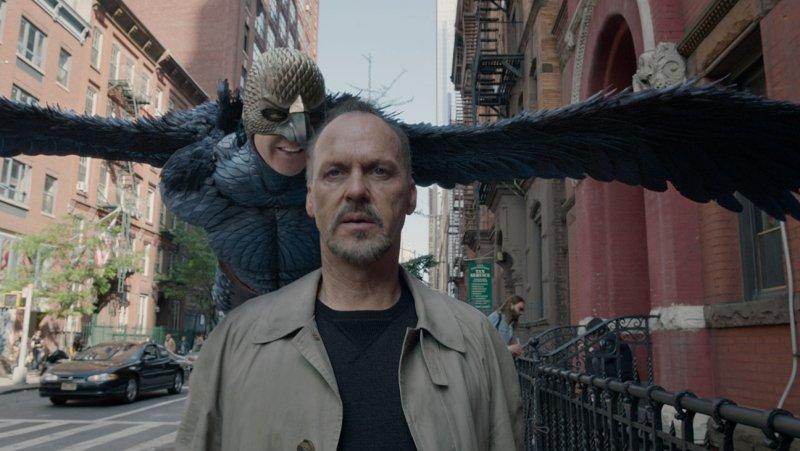Alejandro González Iñárritu’s “Birdman” has been taking the indie-viewing world by storm with larger-than-life performances by a well-known cast and its insistence on being a (nearly) one-shot film. But does the film actually hold up to the majesty that people seem to be bestowing upon it? By Zachary Phillip Brailsford
“Birdman” stars Keaton, an aging screen actor made famous in the 1980s for his portrayal of the superhero Birdman. His real name is Riggan Thomas and he seems to be losing his mind as his theatrical adaptation of Raymond Carver’s “What We Talk About When We Talk About Love” is about to premiere on Broadway. Striving for the best show with which to dazzle the world, he hires Mike (Norton), a self-loving method actor, to replace a terrible performer. From there, his troubles get even worse, including those with his girlfriend (Andrea Riseborough), those with other actors, those with a snarling film critic (Lindsay Duncan) bent on destroying his upcoming stage career and those with his druggie daughter (Emma Stone). As the real world gets worse, Mike increasingly retreats into himself in an attempt to keep his work afloat.

The primary issue with “Birdman” is that the film attacks you with its notions of performance in relation to both theater and cinema. It hits you in the head with how it portrays the Hollywood blockbuster system, and it comes across as so transparent. But does it? I am unable to tell whether the film is attempting to say what it obviously seems to be getting at (and by obviously, I mean in the Chris Nolan “I’m-going-to-have-my-characters-explain-everything-for-you” kind of way), or whether it is presenting us with an image of something so big and out there that it is inherently a criticism of itself — or something else entirely.

If the film is about the art of performance in a world gone to shit — how one can put all of himself into something — then it seems inherently false that all the performances, and in particular, Keaton’s, should be so larger-than-life. Yes, people do get mad and scream and holler and beat their chests and cry and whine so loudly they wake the neighbors, but this is film we’re dealing with, not theater. In theater, one must project and use his or her body in a way that those in the far back of the house can still understand what is going on. Cinema is subtler, presenting us with an array of techniques to get across certain ideas — techniques that Iñárritu seems to be displacing by utilizing a long-take style in which the lens must remain the same. And so, while he is creating cinema, cinema is also thrown out the window in the film’s attempt to be live theater — which it is also not.
But does this negate the quality or enjoyment of watching the film? I don’t think so. There are moments to be found, primarily in the interactions between characters, that come across as interesting and engaging. It cannot be denied that it is rare that someone will find a movie as off-kilter as this one to watch — especially one that is labeled as relatively high-profile. We’re also able to see time pass within one camera move in a way that film has almost never utilized.












































